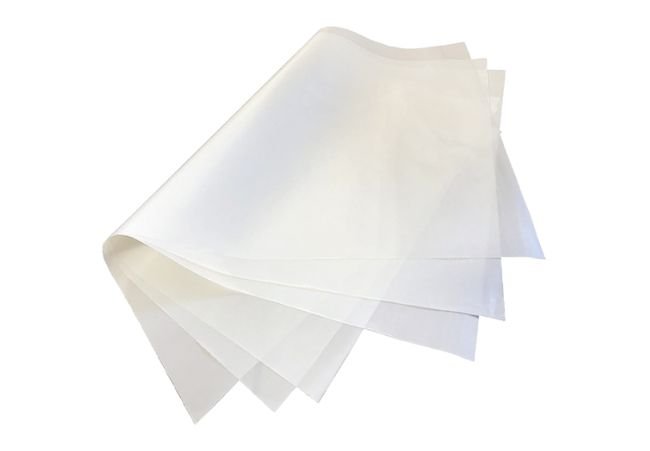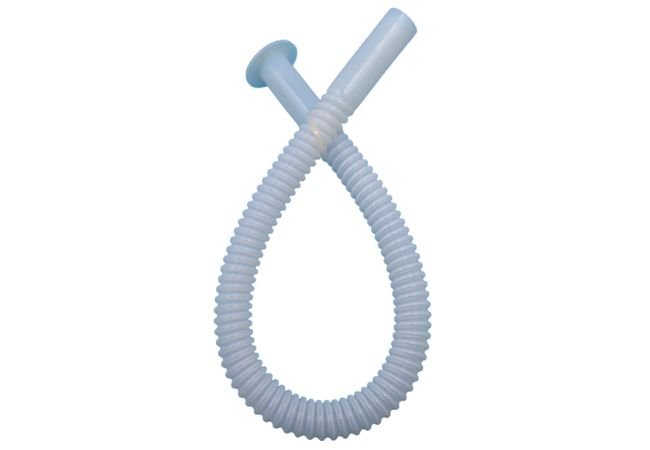EPDM PTFE Gasket
The EPDM PTFE gasket also called PTFE bonded EPDM gasket combines ethylene propylene diene terpolymer (EPDM) material with polytetrafluoroethylene. Consequently, you will get EPDM PTFE gasket with excellent resistance to high temperature, wear, abrasion and compression forces. It is self-centering featuring sealing rings that increase sealing efficiency even at reduced loads.
Key Features
- The gasket has a low friction coefficient requiring no extra lubrication.
- Achieves superior sealing with low bolt torque.
- They are non-stick and contamination free.
- Demonstrates high temperature and weathering resistance.
- Display resistance to ozone and ultra violet radiation.
- Has improved chemical resistance and anti-corrosion performance against substances like detergents, oils, acid, ethanol, anti-freeze and organic slats.
- Offer adequate electrical insulation properties.
- Utilizes sealing rings of convex or concentric shape.
Applications
These gaskets find use in sealing the gap between two mating surfaces as follows:
- EPDM PTFE gasket is utilized in vehicles between the cylinder head and engine block to prevent entry of water.
- Industries use these gaskets to seal machine parts such as pumps and valves carrying high temperature fluids.
- Chemical plants utilize EPDM PTFE gasket in machines handling aggressive chemicals thanks to their high corrosion resistance.
- Food and beverage processing plants utilize EPDM PTFE gaskets since they do not contaminate and thus don’t affect product quality.
- Their high resistance qualities allow for general and specialized use in military specific applications.
- Pharmaceutical processors utilize EPDM PTFE gaskets owing to their low reactivity and biocompatibility.
- Air conditioning and ventilation systems bank on EPDM PTFE gaskets’ excellent properties in safeguarding against leakages.

- Specification Sheet
- Main properties
| Nominal size | D1 | D3 | N | Φ | D2 | T | |
| DN | NPS | ||||||
| 15 | 1/2″ | 22 | 89 | 4 | 16 | 60.3 | 3 |
| 20 | 3/4″ | 27 | 98 | 4 | 16 | 69.9 | |
| 25 | 1″ | 34 | 108 | 4 | 16 | 79.4 | |
| 32 | 1 1/4″ | 43 | 117 | 4 | 16 | 88.9 | |
| 40 | 1 1/2″ | 49 | 127 | 4 | 16 | 98.4 | |
| 50 | 2″ | 61 | 152 | 4 | 18 | 120.7 | |
| 65 | 2 1/2″ | 77 | 178 | 4 | 18 | 139.7 | |
| 80 | 3″ | 89 | 191 | 4 | 18 | 152.4 | |
| 100 | 4″ | 115 | 229 | 8 | 18 | 190.5 | |
| 125 | 5″ | 140 | 254 | 8 | 22 | 215.9 | |
| 150 | 6″ | 169 | 279 | 8 | 22 | 241.3 | |
| 200 | 8″ | 220 | 343 | 8 | 22 | 298.5 | |
| 250 | 10″ | 273 | 406 | 12 | 26 | 362 | |
| 300 | 12″ | 324 | 483 | 12 | 26 | 431.8 | |
| 350 | 14″ | 356 | 533 | 12 | 30 | 476.3 | 5 |
| 400 | 16″ | 407 | 597 | 16 | 30 | 539.8 | |
| 450 | 18″ | 458 | 635 | 16 | 33 | 577.9 | |
| 500 | 20″ | 508 | 699 | 20 | 33 | 635 | |
| 600 | 24″ | 610 | 813 | 20 | 36 | 749.3 | |
| Properties | unit | Result |
| Hardness | — | 7.2 |
| Tensile strength(min) | MPa | 12.5 |
| Elongation at break(min) | % | 230 |
| Constant extension stress | MPa | 4.5 |












